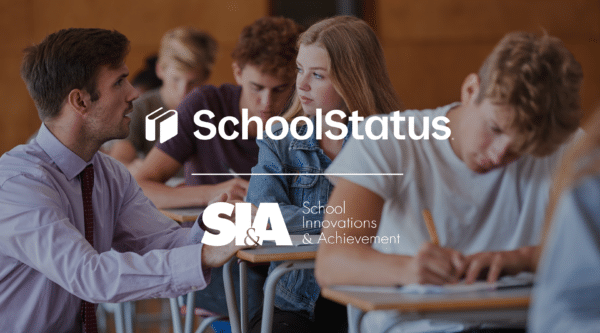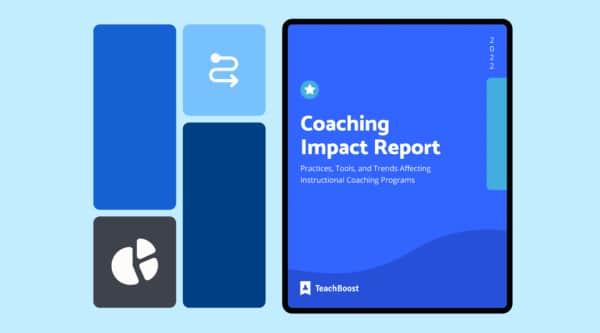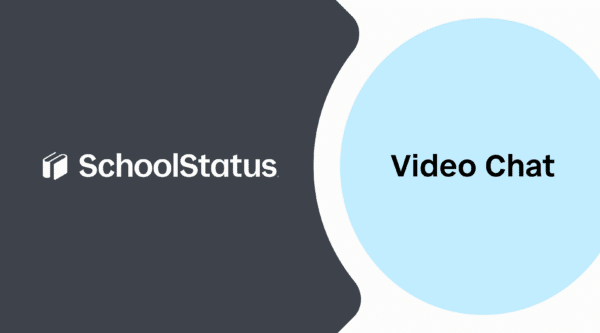


What results in more instructional time and learning for students? Classroom management! Christine Weis, educator in Delaware, provides teachers with a few strategies for taking control of their classrooms once and for all.
C
lassroom management is a skill you need in every setting. It can’t be found in the curriculum, nor is it in the standards. It’s the underlying structure of your classroom that allows teachers to teach and students to learn.
Good classroom management results in more instructional time and more learning, improving student engagement, grades, and test scores. So, what are the best ways to become a pro at classroom management, you ask? Below are a few ideas.
1) Set expectations, routines, and procedures
When students know exactly what, why, and how things are done in your classroom it helps establish a learning environment that can run itself with minimal interruptions. Starting each year from scratch is really helpful for students, no matter what age, because each year brings new expectations. Some areas I like to focus on include: entry and dismissal routines, transitions and positive time out. It’s also important to re-teach and practice these skills throughout the year.
Tip: If you’re not sure how to get started, or want some inspiration, my bundle of modeling scripts can help you teach many of the classroom routines above.
2) Provide frequent positive feedback
Thoughtful Teacher says that “providing positive feedback is critically important for establishing behavioral expectations for students. When teachers recognize students for achieving desired behaviors, they are clearly distinguishing and reinforcing desired versus undesired behaviors.” It’s all about identifying specific positive behaviors that students are demonstrating.
The chart below has a few examples from the Thoughtful Teacher: 10 Steps to Effective Classroom Management of what this feedback looks like in action:
|
Specific Feedback |
General Feedback |
|
I love the way Rashawn and Courtney returned to their seats, tracked the speaker with their eyes, and were prepared to start on their assignments. |
Rashawn and Courtney are sitting straight. |
|
Judy is doing a great job serving as the “time keeper” for the red group. On at least three occasions, she refocused her group because they were not following the time schedules. |
Judy is doing a great job leading the red group. |
|
Jeremiah is doing an outstanding job of reading by himself and raising his hand when he needs help. |
Jeremiah is reading nicely. Way to go! |
Tip: Responsive Classroom uses a similar approach to recognizing positive behaviors with Reinforcing Language.
3) Follow up on negative behaviors
Dealing with negative behaviors takes time away from daily instruction, so it can be tempting to ignore them or let them go unaddressed. This rarely works out in the long-term. That’s why it pays to have consistent strategies in place to follow up on negative behaviors immediately.
Responsive Classrooms’ Logical Consequences is one way to respond to misbehavior. It’s an approach that’s both respectful of children, and helps them take responsibility for their actions. Unlike punishment, the primary goal of Logical Consequences is to help children develop inner control by looking closely at their own behavior and learning from their mistakes. Logical Consequences are related, respectful, and reasonable.
Thoughtful Teacher suggests other helpful ways to follow up on negative behaviors. They include teacher’s proximity to students, eye contact, writing the student’s name on the board, and calling the student’s name.
4) Build relationships over time
Relationships built on trust with students are critical to good classroom management. Students will do more for those educators they trust and respect. With building relationships comes investing time and energy in students that misbehave.
Students misbehave for many reasons (and I’m finding that out now as a parent as well!). There’s always a reason; they don’t want to make your life harder, and don’t come to school with an agenda to tick you off, even if it can feel that way. Invest time with students who show negative behaviors by inviting them to have lunch with you or ask them to be your helper.
By turning negative behavior into positive behavior, or killing them with kindness, can help address a student’s misbehavior. Additionally, you can work to develop healthy relationships with parents and carers that allow you to work together to support the child.
Final note
Successful teaching and learning is built on the foundation of good classroom management. Once you have these four strategies in place, you’ll open up more time for teaching and learning in your classroom.
About our Guest Blogger
Christine Weis is a passionate elementary teacher, classroom management coach, blogger, Teachers Pay Teachers author, mom of two busy boys, and the founder of For The Love of Teachers.
Be sure to connect with Christine on Facebook, Instagram, Twitter and Pinterest!{{cta(‘352a410e-db79-4f33-a482-d301e8041965′,’justifycenter’)}}
Stay Connected
News, articles, and tips for meeting your district's goals - delivered to your inbox.








